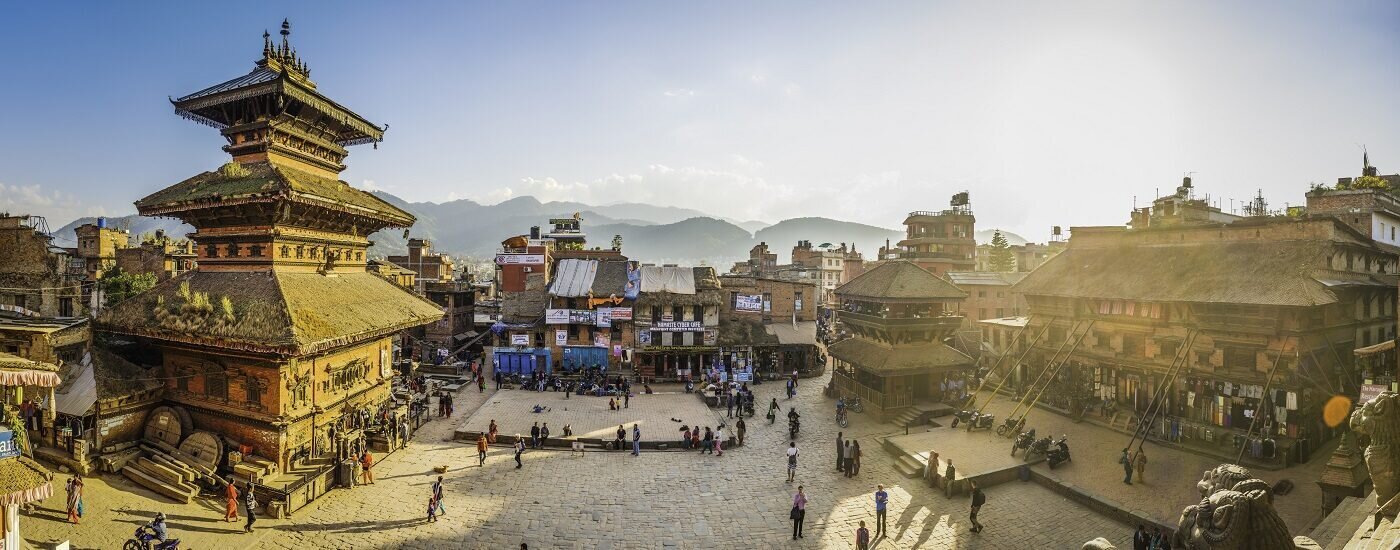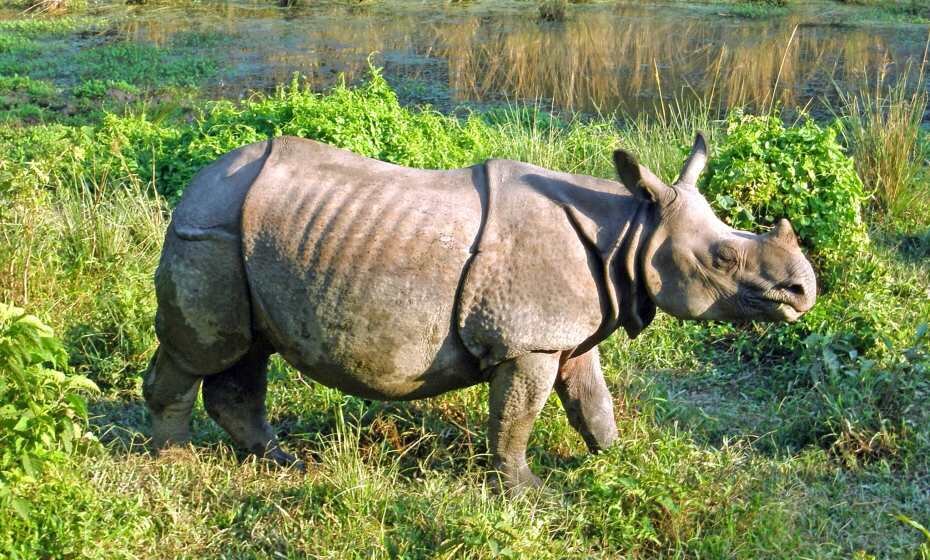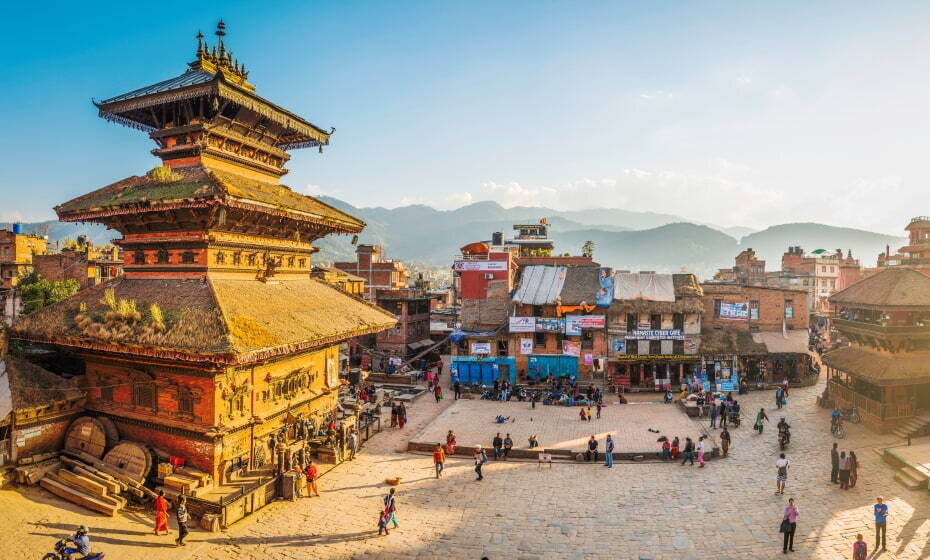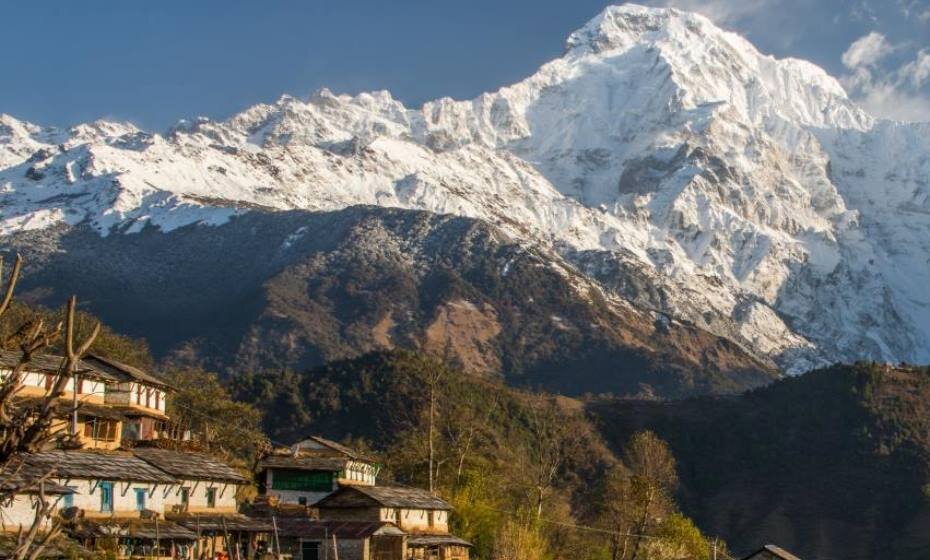World Heritage Sites in Nepal
Home to eight of the ten highest peaks in the world including Everest and dotted with magical monuments and temples, you will find four wonderful UNESCO World Heritage Sites in Nepal.
What is a World Heritage Site?
World Heritage Sites are man-made or natural locations, monuments, sites, or structures that are recognised as having cultural, historical, or scientific significance and are nominated and designated by UNESCO as deserving special international protection.
World Heritage Sites in Nepal
There are four World Heritage Sites in Nepal including national parks, the birthplace of Buddha and the monuments of Kathmandu Valley. As UNESCO World Heritage Sites, these destinations have fascinating culture and history or pure natural beauty for you to discover.
Kathmandu Valley (1979)
Kathmandu (previously Kantipur) dates back to the 8th century and was at its peak between the 16th and 18th centuries. People still dwell in the city centre, which is like an open-air museum. There are several structures in the traditional style, made of wood and embellished with numerous embellishments.
Kathmandu Valley was listed as a UNESCO World Heritage Site in 1979 and is home to many well-known Hindu and Buddhist temples, as well as Newari architecture. It is one of the most famous World Heritage Sites in Nepal.
Kathmandu Durbar Square, Patan Durbar Square, Bhaktapur Durbar Square, Changu Narayan, Syambhunath Stupa, Pashupatinath, and Bouddhanath Stupa are among the sites included in the Kathmandu-valley wing.
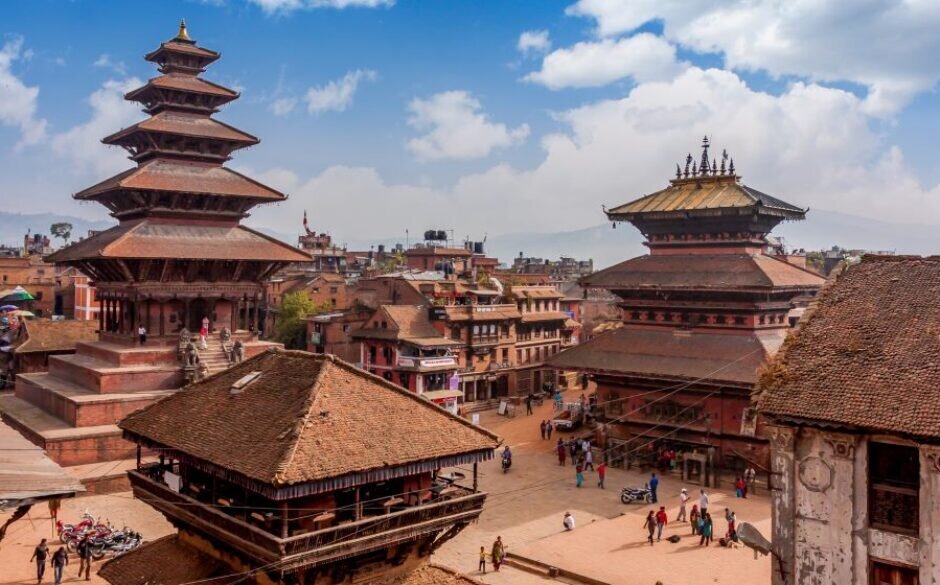
Sagarmatha National Park (1979)
Only three years after it opened in 1976, Sagarmatha National Park became the first national park to be one of the designated UNESCO World Heritage Sites in Nepal. It is the second National Park of Nepal and showcases the vast cultural and natural wealth of this region.
The Park’s most famous landmark is Sagarmatha, more commonly known as Mount Everest, its lofty 8,848m making it the highest peak in the world. There are also numerous other impressive mountains, with a choice of trekking and climbing routes if you’re looking for a challenge.
Sagarmatha National Park sprawls over 1,148 square km and is home to captivating glaciers, valleys, rivers and mountains, alongside an impressive range of Himalayan flora and fauna. You might spot rare mountain wildlife including lynx, pheasants, pandas and snow leopards, or enjoy the bright hues of blue pine, silver fir and rhododendrons.
Chitwan National Park (1984)
Wildlife lovers will be in their element at Chitwan National Park, the third of our World Heritage Sites in Nepal, where there is a menagerie of exciting creatures to try and spot. Established in 1973 and formerly known as the Royal Chitwan National Park, Chitwan spans 952 square km and was the first national park of Nepal.
From the end of the 19th century, Chitwan – the Heart of the Jungle – was a favoured hunting location for Nepal’s ruling class during the chilly winter seasons.
The Park is home to over 700 species of wildlife, including mammals, reptiles and rare species of birds. Two iconic beasts you might be lucky to glimpse are the Royal Bengal Tiger and the Asian one-horned rhinoceros. You might also see Antelopes, Bengal Floricans, Clouded leopards, Crocodiles, Gaurs, Golden Jackals, King Cobra, Kingfishers, Oriental Darters, Rock Pythons and Spotted Eagles.
Take your pick from the exciting activities on offer which include canoeing, rafting, and a jungle safari.
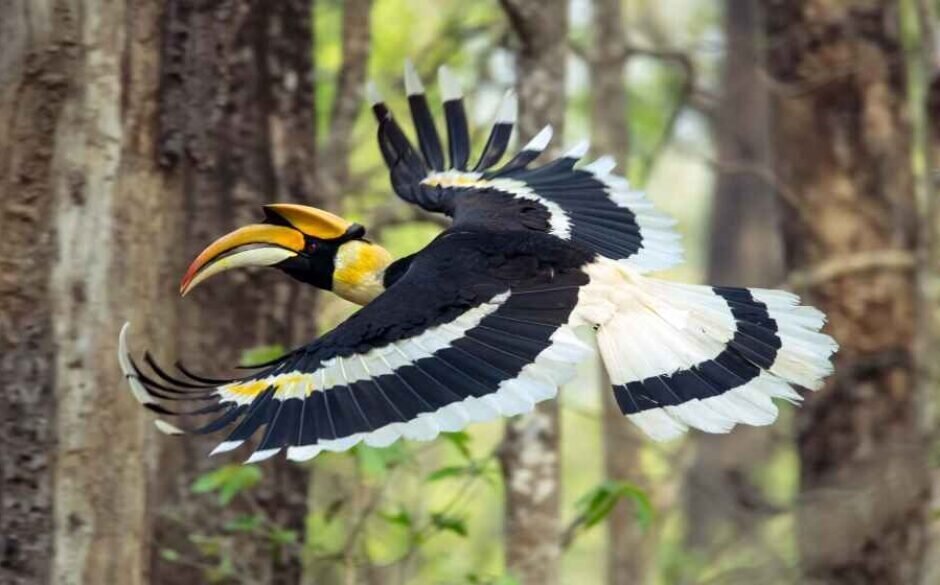
Lumbini, the Lord Buddha’s Birthplace (1997)
The last of the four World Heritage Sites in Nepal to be assigned, Lumbini is the birthplace of Gautama Buddha and is a prestigious religious pilgrimage destination. You’ll find this sacred location around 300km southwest of Kathmandu in the plains of Terai.
Buddha was a Shakya prince in around the 3rd – 4th century BCE. He eventually attained enlightenment to become the Buddha after decades in self-imposed exile. His teaching is what we know as Buddhism and over the centuries has spread all over the world. Because of this, Lumbini is a very significant holy site for Buddhists.
There are lots of monuments and landmarks to explore at Lumbini, including the Burmese (Myanmar) Temple, China Temple, Dharmaswami Buddhist Monastery, Maya Devi Temple, Nepal Buddha Temple, Sacred Garden, Thai Monastery, Tilaurkot Palace and the World Peace Pagoda.
As well as the four World Heritage Sites in Nepal, there are also a range of monuments and landmarks on the UNESCO World Heritage Site tentative list.
World Heritage Sites in Nepal – Sites on the Tentative List
The following sites in Nepal are properties that each State Party intends to consider for nomination.
The early medieval architectural complex of Panauti (1996)
The main Indresvar Mahadev temple was built in A.D. 1294 in the typical Nepalese style. The 17th century Brahmayani temple, as well as other temples, patis, sattals, inscriptions, sculptures, and traditional dwellings, are among the other structures.
Tilaurakot, the archaeological remains of ancient Shakya Kingdom (1996)
Tilaurakot is made out of the ruins of the Shakya Kingdom’s ancient metropolis of Kapilavastu. It was here that Gautama Buddha spent 29 years of his life. Three palaces are among the relics, one of which belongs to Gautama Buddha’s father.</h5
Cave architecture of Muktinath Valley of Mustang (1996)
The cave architecture of Mustang’s Muktinath Valley includes around 10,000 man-made caves. They contain partially mummified human bodies and skeletons dating from at least 2,000 to 3,000 years ago, as well as mediaeval Buddhist paintings and artefacts. In the former independent kingdom of (Upper) Mustang, the caverns are located on the high valley cliffs along the Kali Gandaki River.
The medieval palace complex of Gorkha (1996)
The location is a one-of-a-kind hilltop environment. The mediaeval palace, Gorakhnath Cave, Kalika Temple, and other monuments are among the attractions.
Ramagrama, the relic stupa of Lord Buddha (1996)
The only undisturbed original stupa containing Lord Buddha’s relics. Built in the 6th century B.C. and then expanded by being encased in bricks, the site includes adjacent monasteries.
Khokana, the vernacular village and its mustard-oil seed industrial heritage (1996)
Khokana is a one-of-a-kind village that serves as a model for a mediaeval settlement design, complete with drainage and chowks. There are chaityas here, as well as a Mother Godess temple. The village’s mustard-oil seed industry has become a living heritage.
Medieval Earthern Walled City of Lo Manthang (2008)
Lo Manthang, the former capital of the Kingdom of Lo, was built on a plateau 3800 metres above sea level in the 15th century. The town is situated along a historic trade route that follows the Kali Gandaki River across the Himalayas. The palaces and monasteries of Jampa Lakhang and Thupchen Lakhang from the 15th century, as well as the monastery of Choede Lakhang from the 18th century, are the primary monuments within the walls.
Vajrayogini and early settlement of Sankhu (2008)
The settlement of Sankhu lies on the northeastern corner of the Kathmandu Valley on the ancient trade route to Tibet and dates back to the Lichchhavi period (2nd to 9th Century AD). It retains its medieval character with narrow streets, public squares, tiered temples and resthouses. The mid-17th Century Vajrayogini temple complex is situated on the hills 1.5 km north of Sankhu. The main tiered temple is surrounded by several monuments and freestanding statues and is dedicated to the tantic goddess Vajrayogini.
Medieval Settlement of Kirtipur (2008)
Kirtipur is a mediaeval village nestled on a short hill in the Kathmandu Valley’s southwest corner. The mediaeval Newari hamlet was built in the style of a fort.
Rishikesh Complex of Ruru Kshetra (2008)
On the historic route to Muktinath and Damodar Kunda, the Hindu pilgrimage and crematory centre referenced in legendary epics is located. Rishikesh’s living tradition of Ruru Kshetra is still conserved, with fairs and celebrations held on a regular basis.
World Heritage Sites in Nepal – tentative list continued.
Nuwakot Palace Complex (2008)
The 18th-century Nuwakot Palace Complex lies on the ancient trade route from the Kathmandu Valley to Tibet. The palace was built in the Malla style of architecture with fort-like characteristics.
Ram Janaki Temple (2008)
The current Ram Janaki Temple at Janakpur is said to be the birthplace of Goddess Sita, Lord Rama’s spouse, according to Vedic tradition. The Ram Janaki Temple is one of Hinduism’s holiest sites.
The Medieval Town of Tansen (2008)
Tansen is a typical traditional town of Western Nepal and dates from around the 11th Century AD. The town developed as a market centre for the Newari traders and artisans famous for their metal and dhaka (cloth) industry. The settlement boasts numerous temples, monasteries and sculptures.
Sinja Valley (2008)
The archaeological evidence of the capital city of the Western Malla or Khasa Kingdom during the 12th and 14th centuries can be found in Sinja Valley. The Nepali language originated in the Sinja Valley, and the earliest specimens of the Devanagari script, dating from the 13th century, were discovered on the cliffs and in adjacent Dullu.
Bhurti Temple Complex of Dailekh (2008)
The Bhurti temple complex, located in the Dailekh District of Western Nepal, is made up of 22 monuments. The temples are built in the traditional Western Malla architectural style.
We hope our guide to World Heritage Sites in Nepal has inspired you to visit this wonderful country. For details of our tours to Nepal, please visit our dedicated Nepal page.
Find out about World Heritage Sites in India and World Heritage Sites in Sri Lanka.

